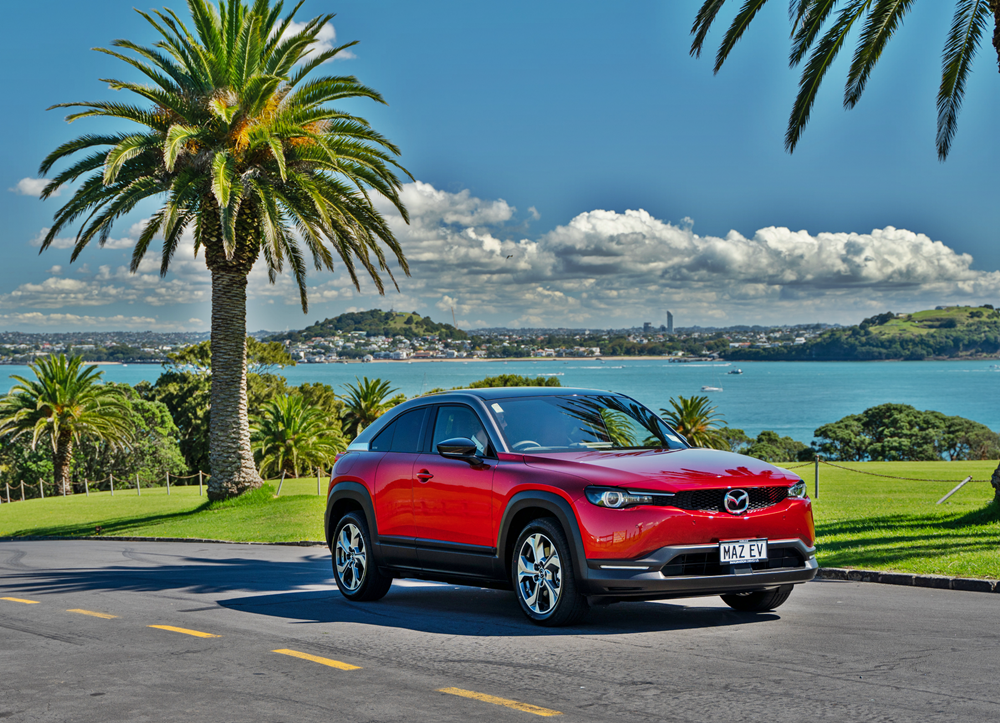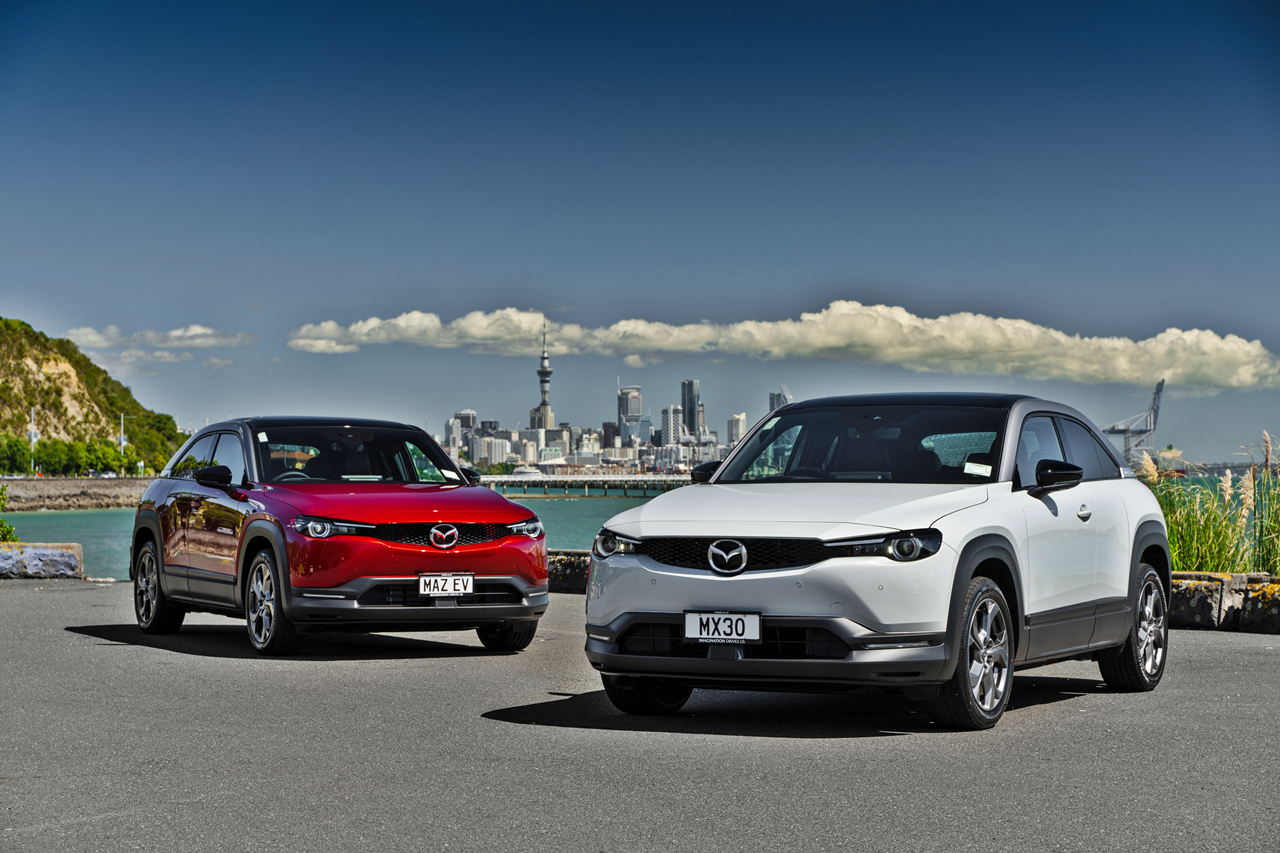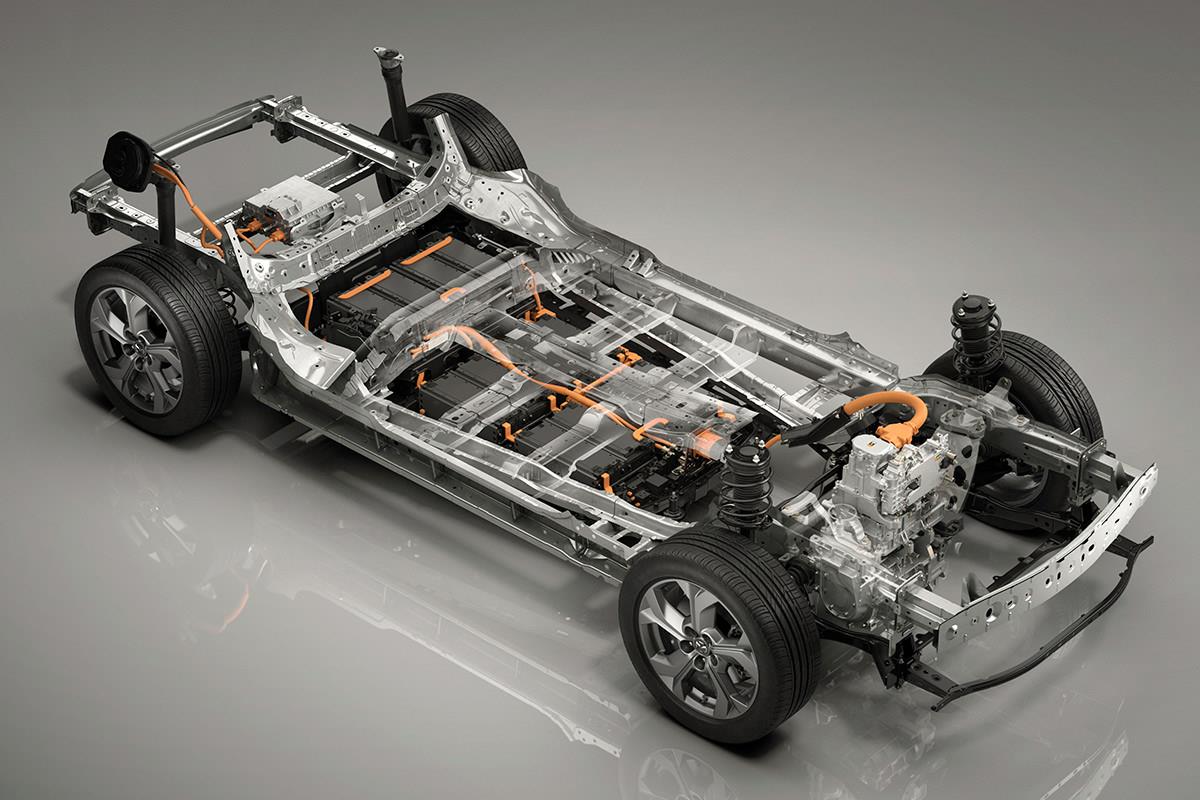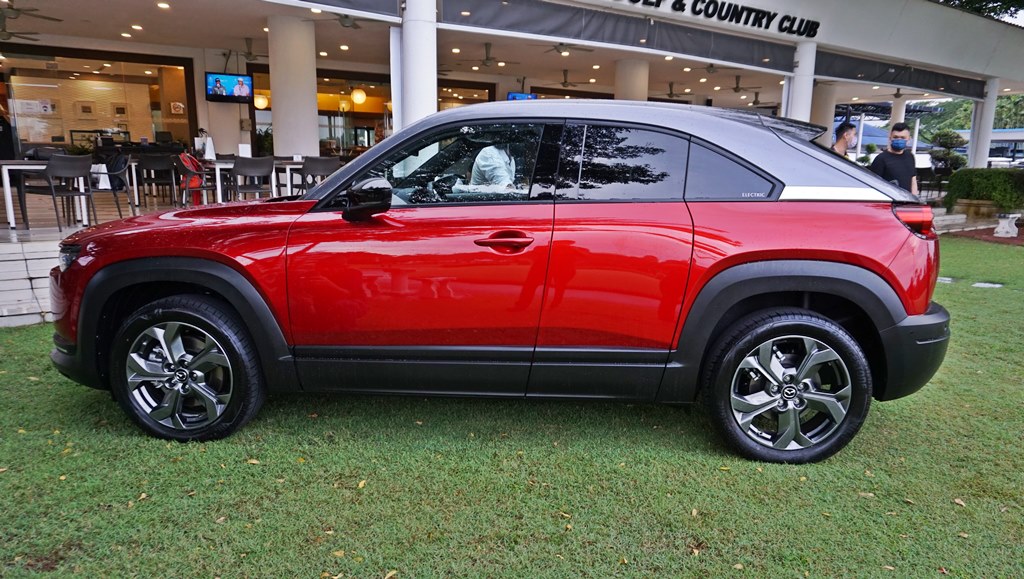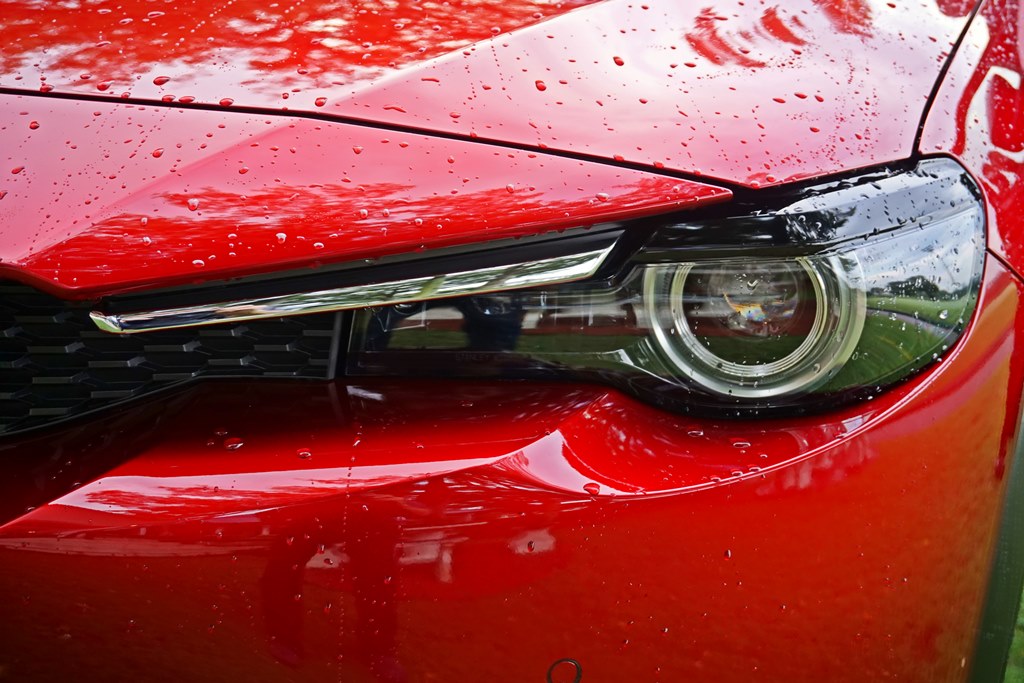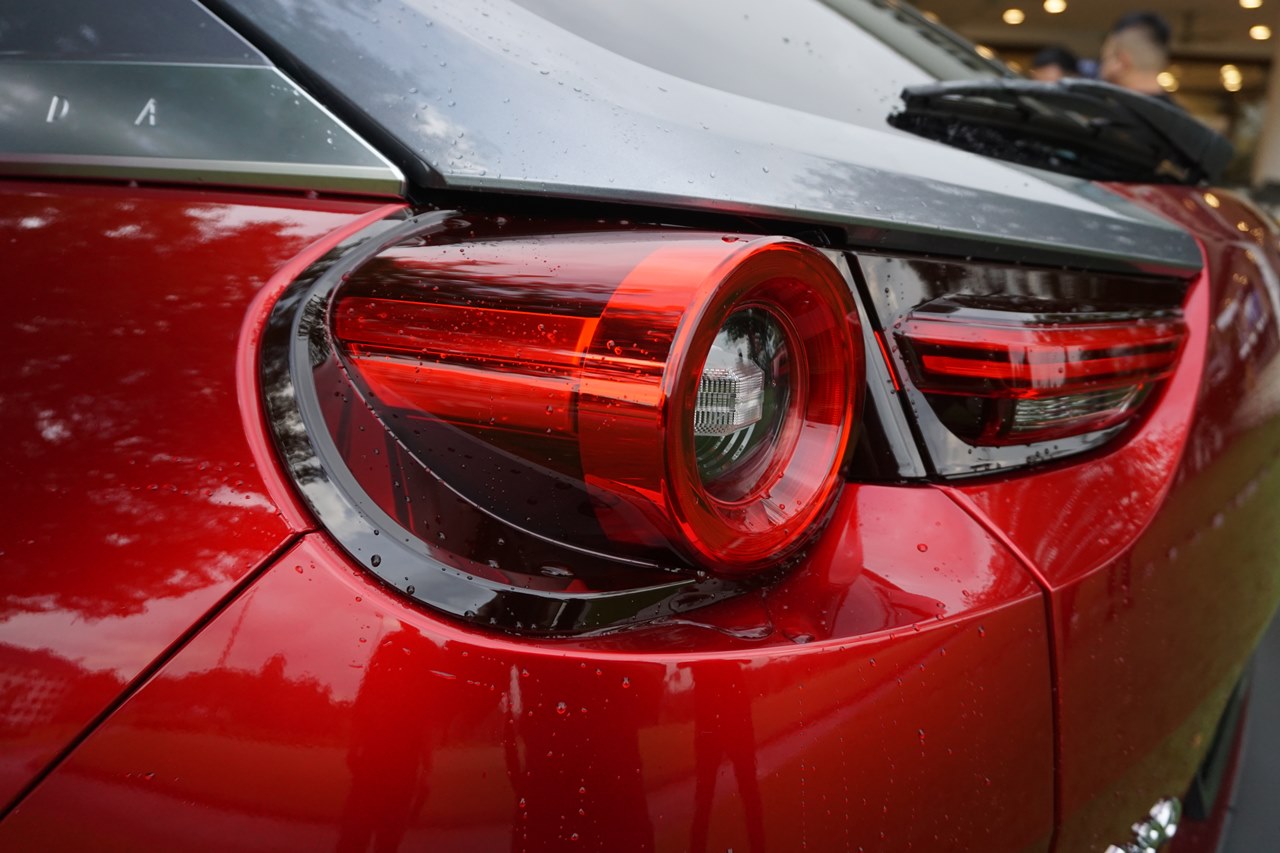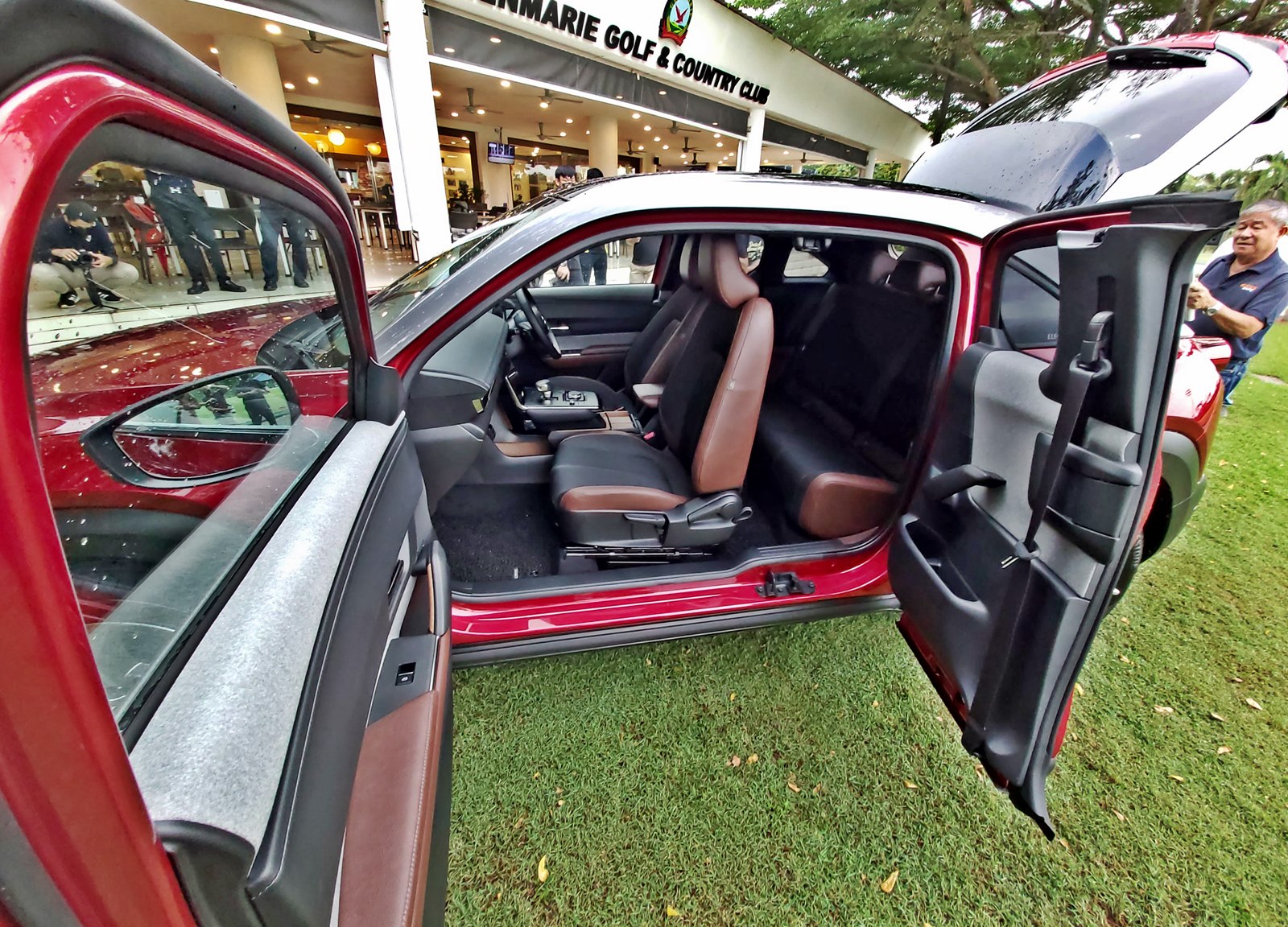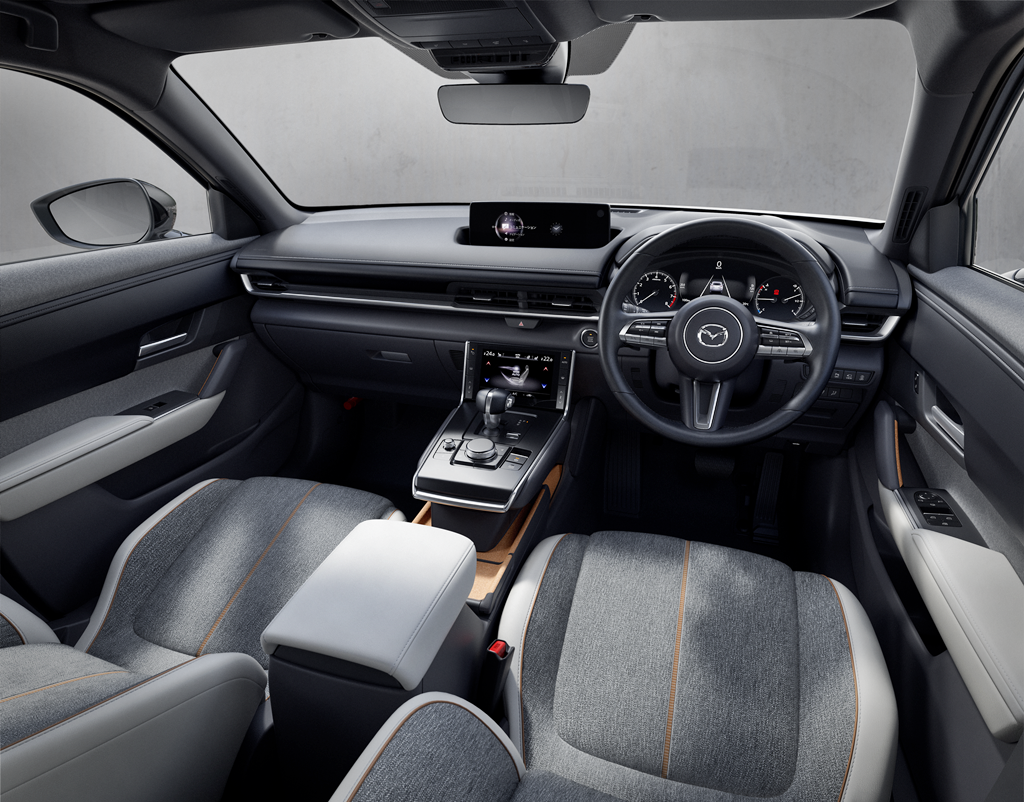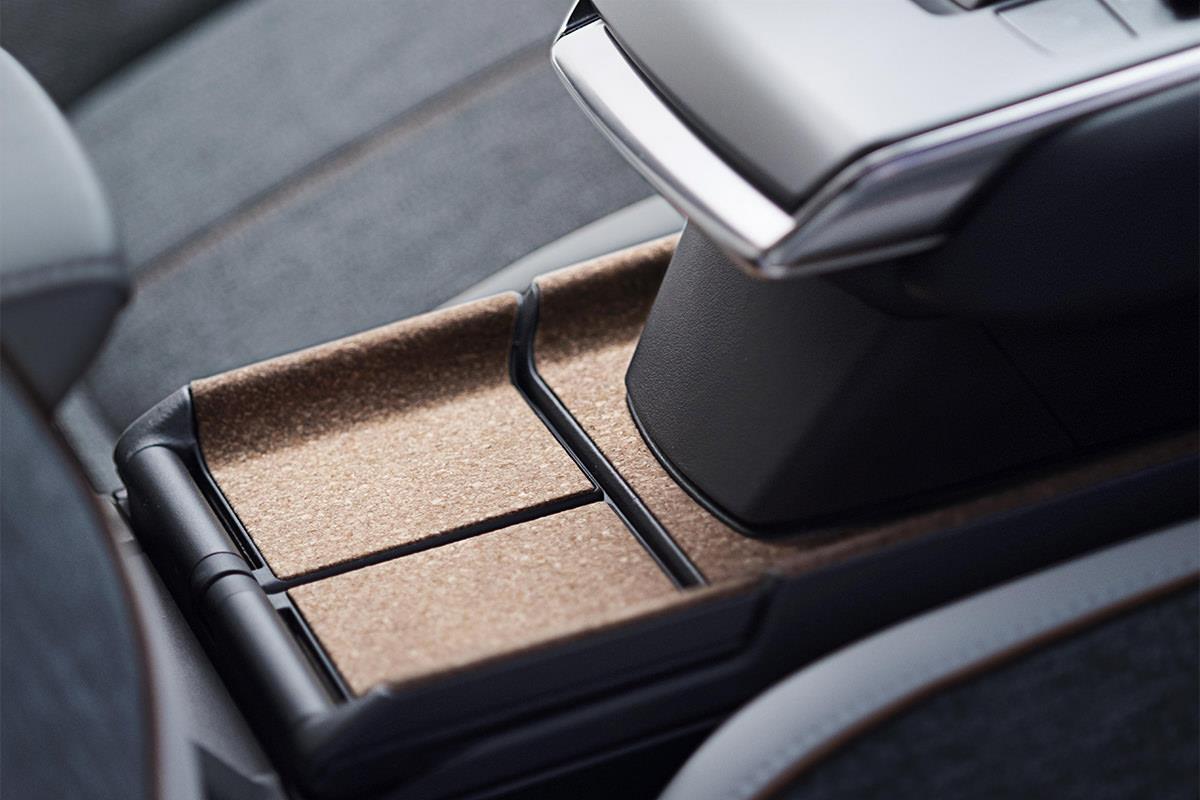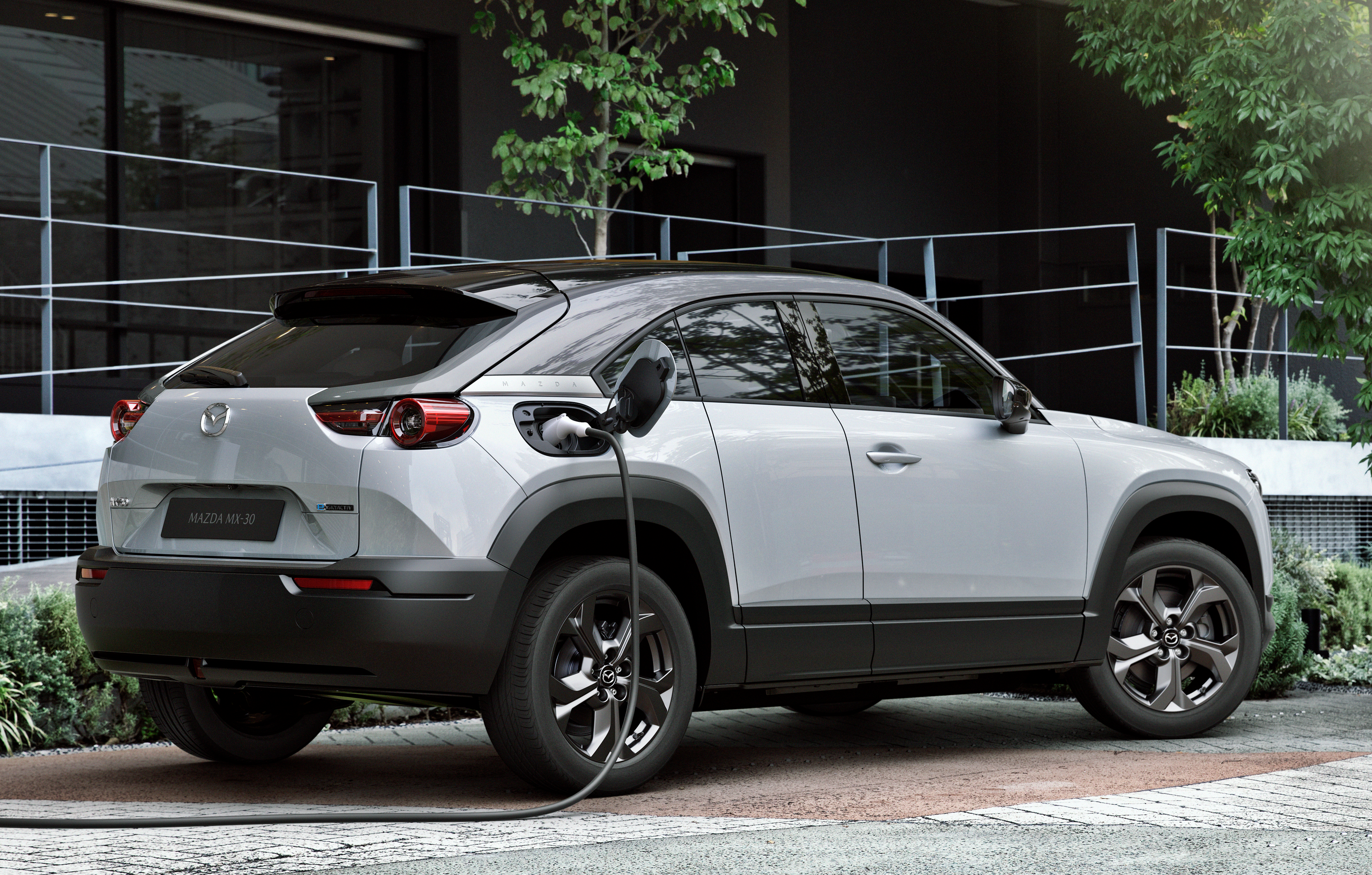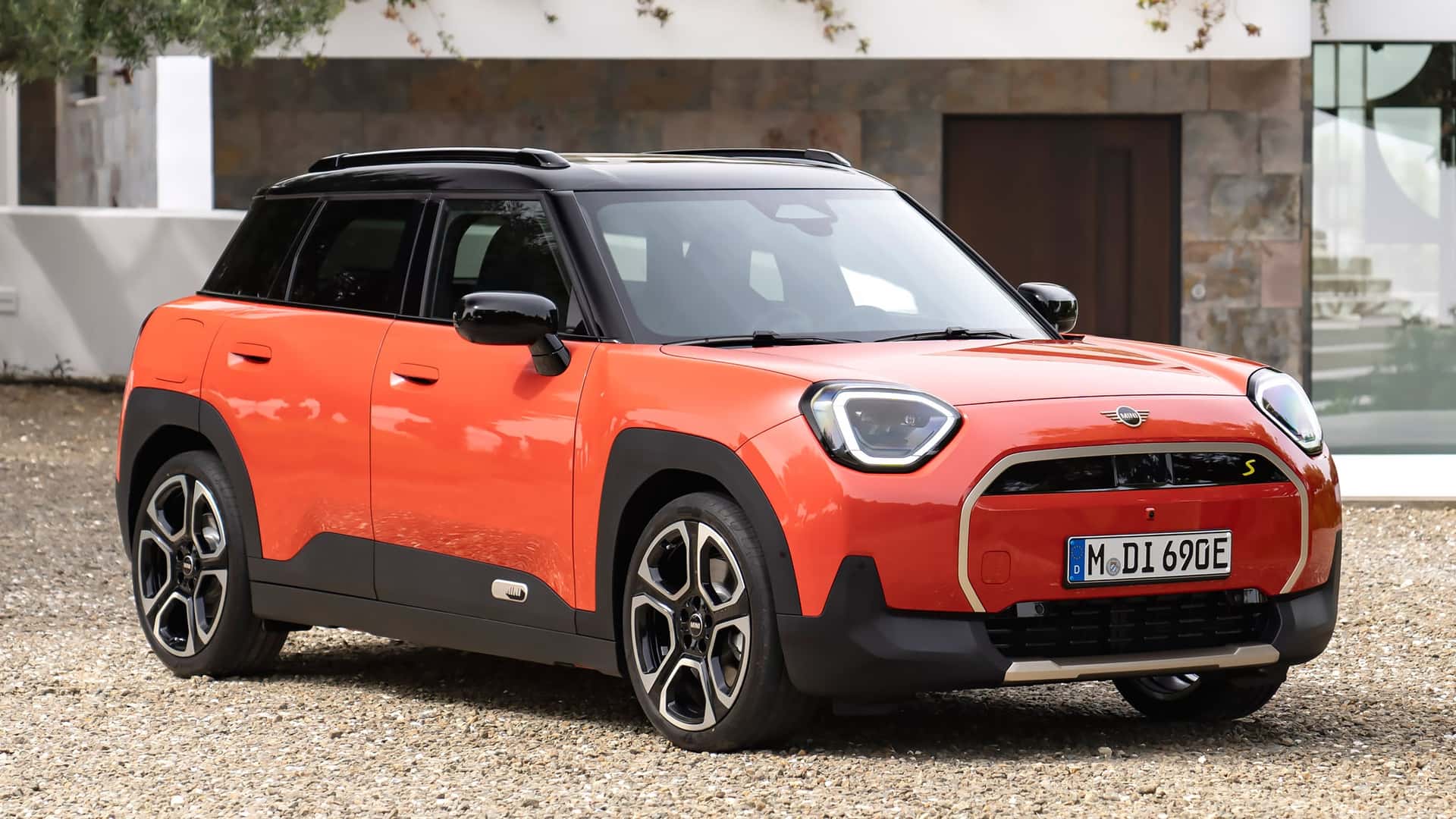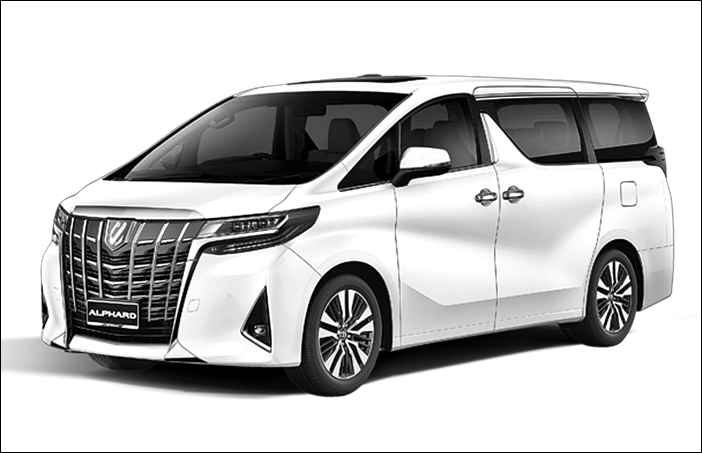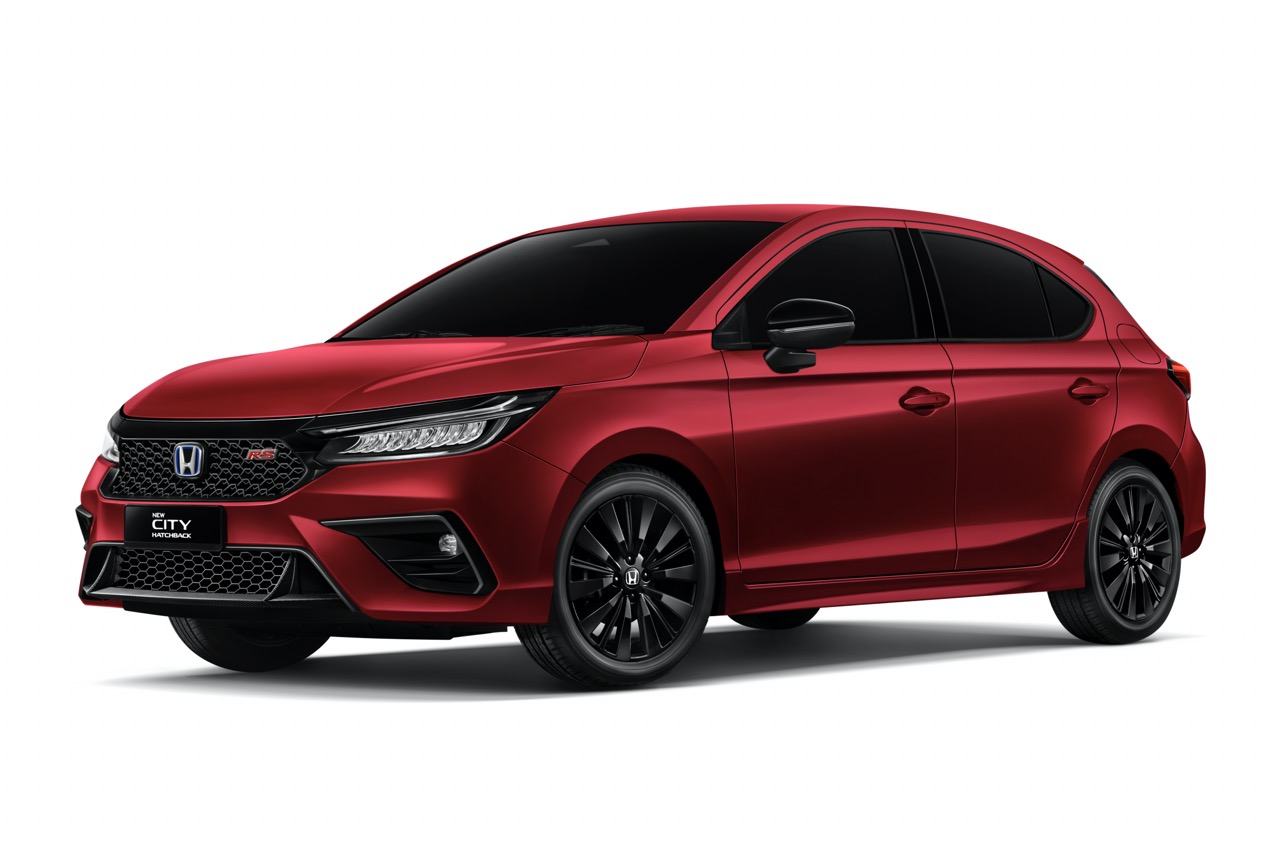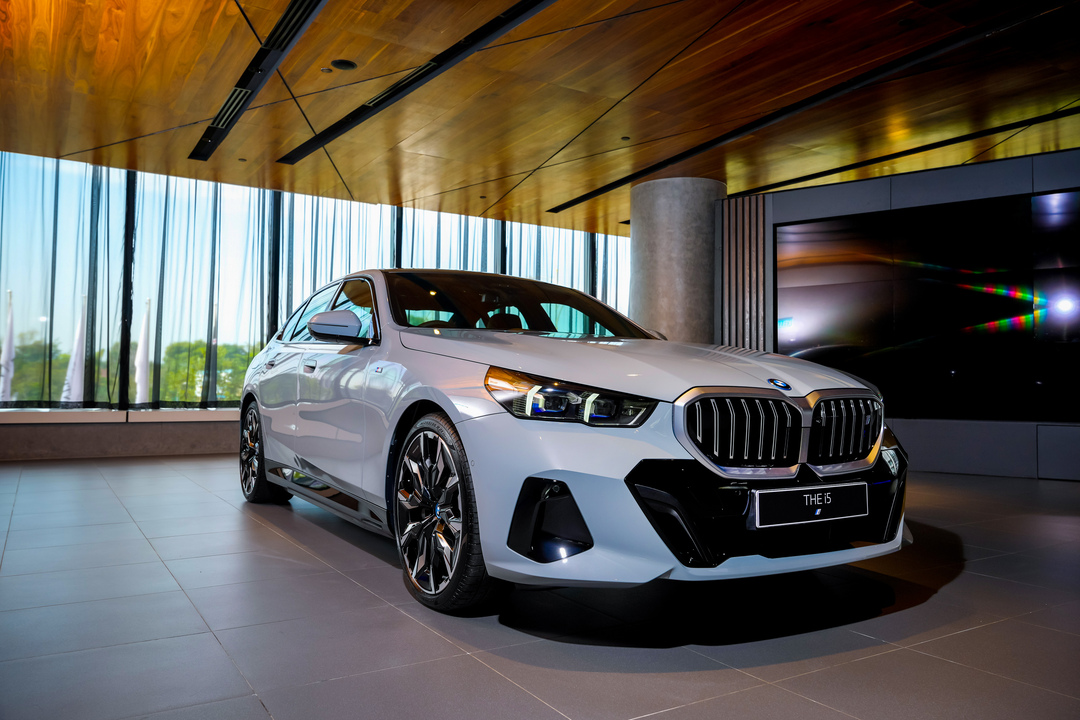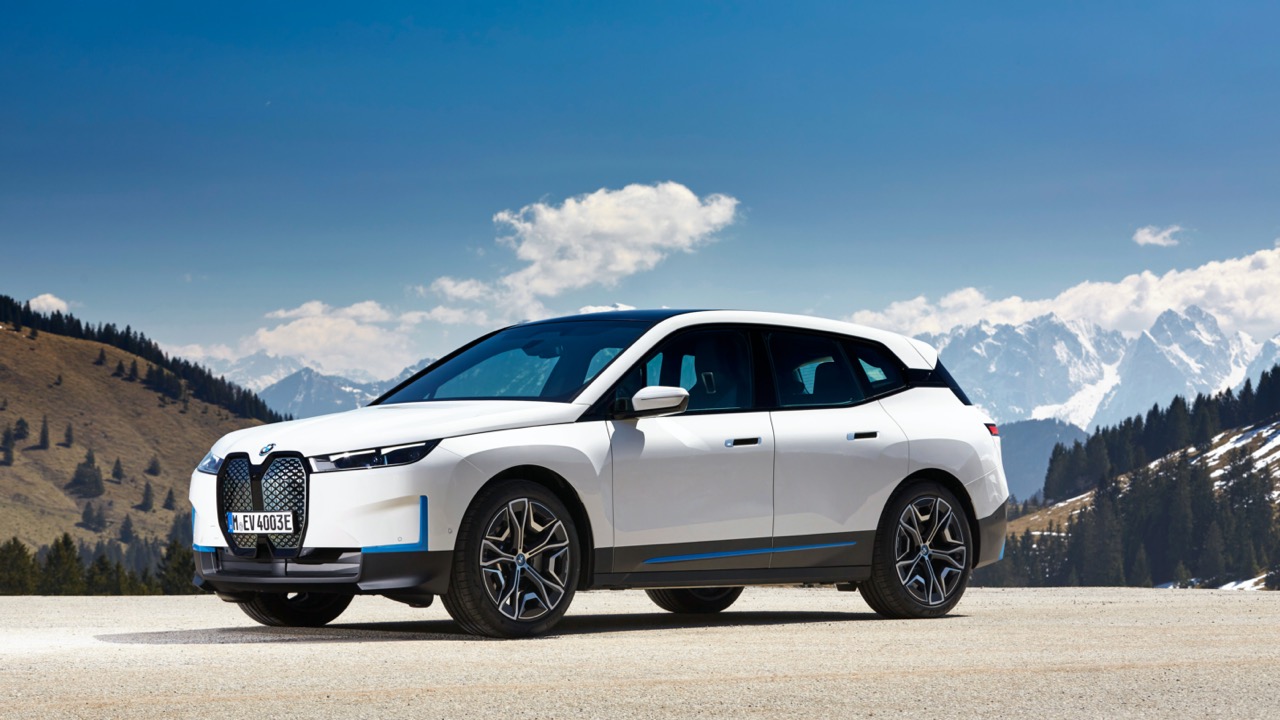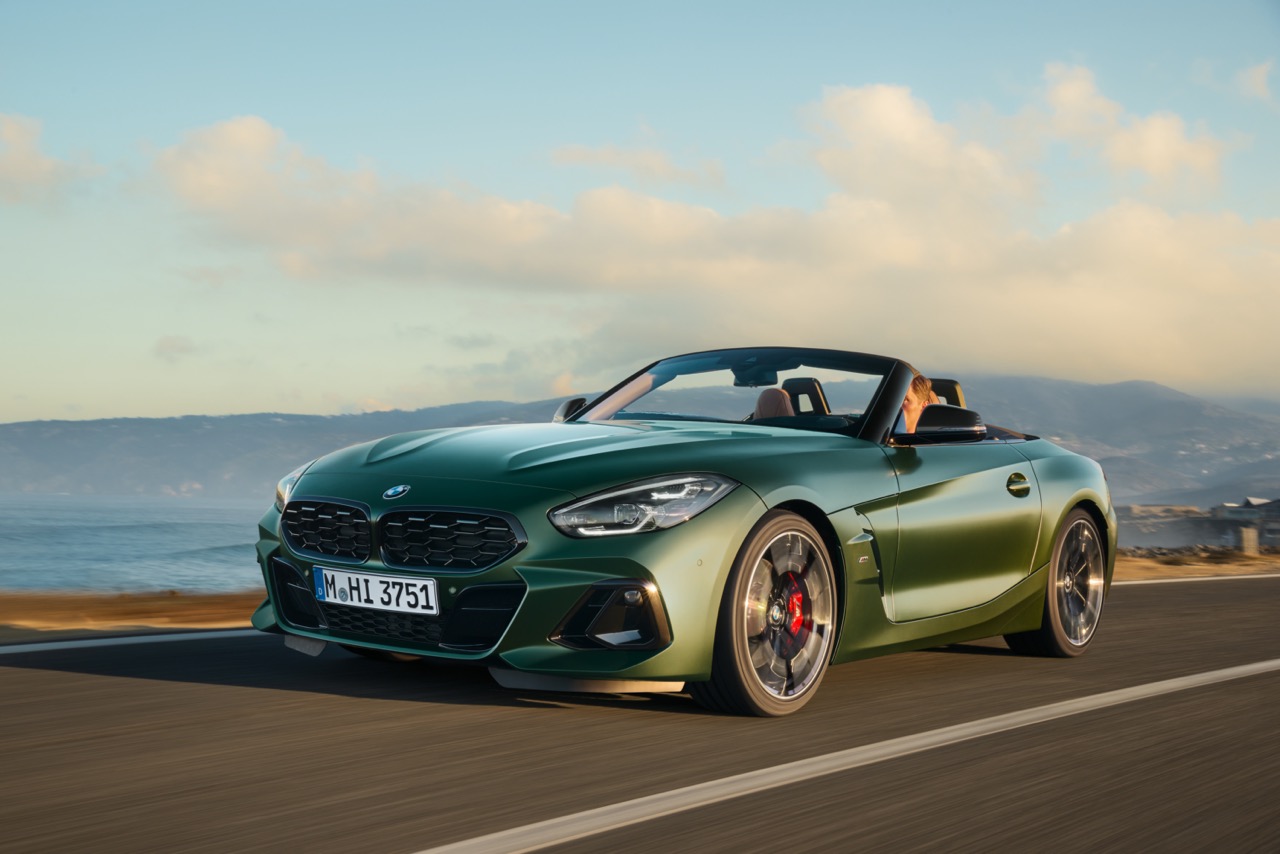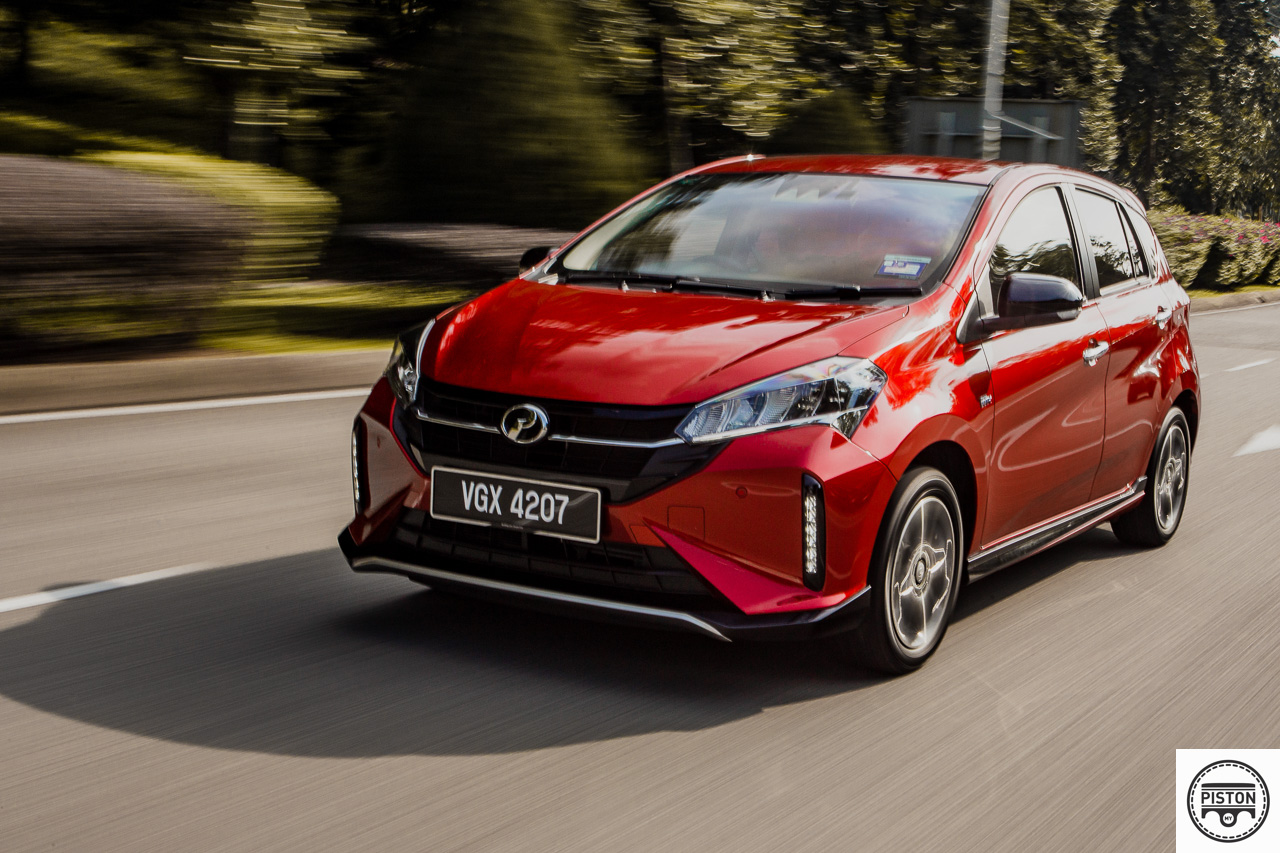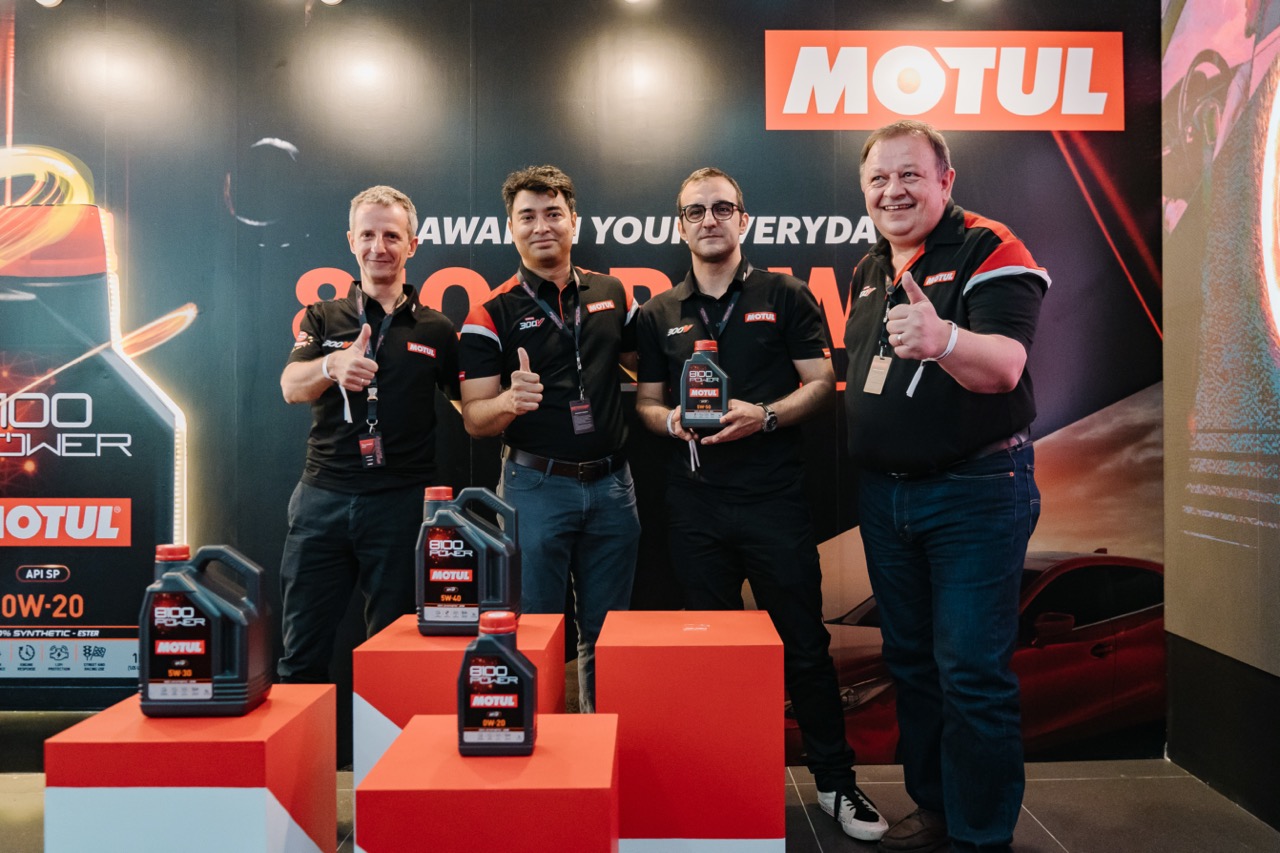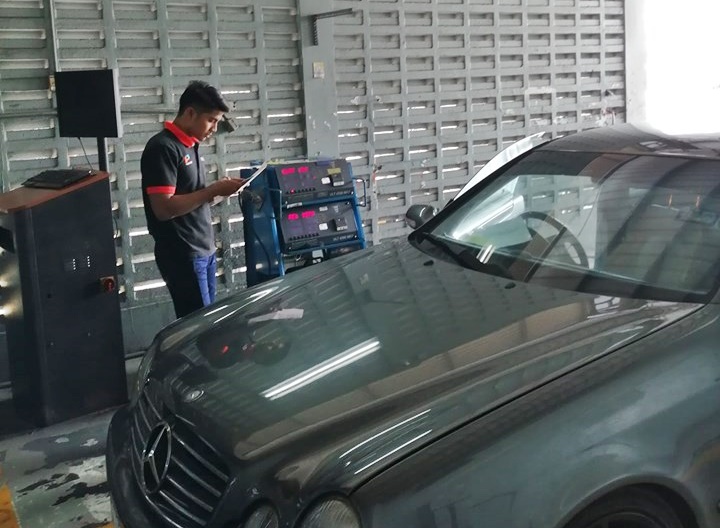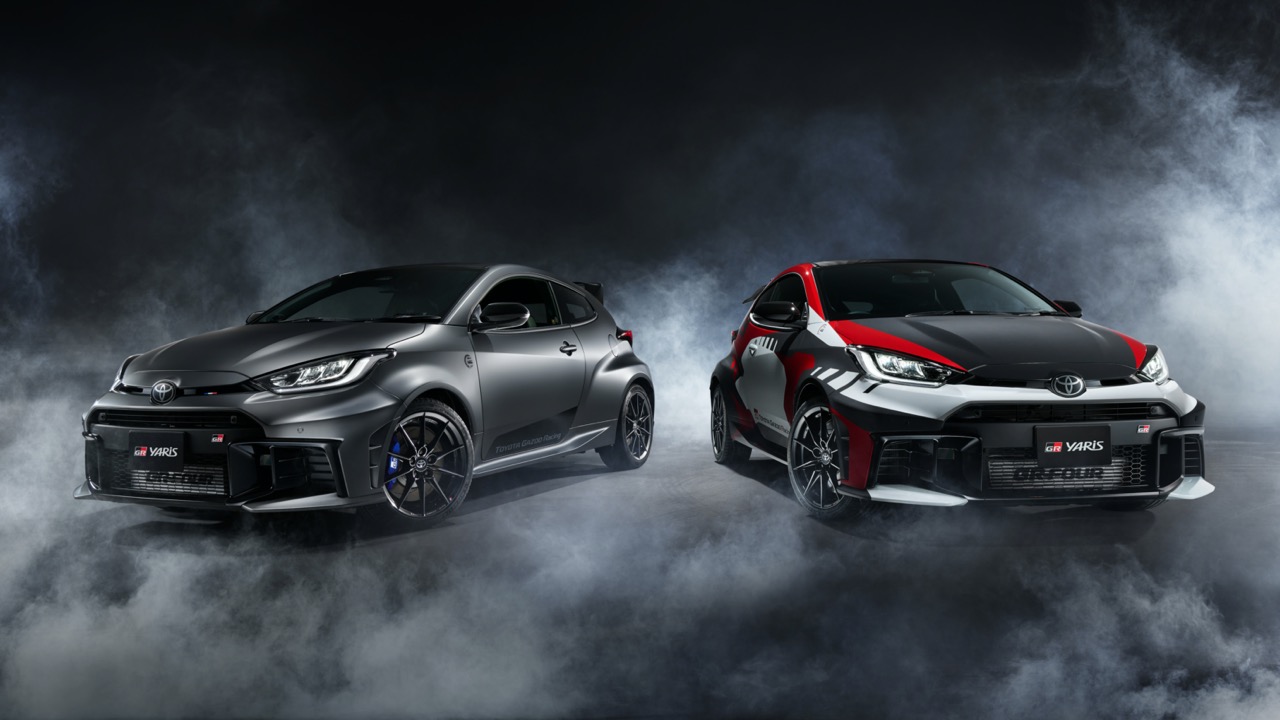While the major carmakers have been unveiling new battery-electric vehicles (BEVs) one after another in recent months (two models within the same day sometimes), Mazda seems to have been quiet in that area. In fact, it appears that the company is not making a big push into electrification in support of the efforts to address climate change.
But that’s not really the case as Mazda, like other companies in the auto industry, is just as committed to achieving carbon-neutrality in future. However, it does not want to just develop electric vehicles and consider its commitment fulfilled but looks at the ‘bigger picture’. BEVs may be the way to quickly reduce emissions of carbon dioxide that causes global warming but if the electricity used to charge them is not produced sustainably, then the emissions are merely moved to power stations, many of which run on coal… another fossil fuel.
Multi-solution approach
This is why Mazda, like some other carmakers, is looking at a multi-solution approach which has a mix of combustion engines (made more efficient) as well as electrified powertrains. It also takes into account the different stages of development in each country as not every country on the planet will be able to switch to BEVs at a similar pace. There are issues of supporting infrastructure and even more importantly, the cost of BEVs which need to become lower before they can be easily adopted.
Nevertheless, Mazda is still developing BEVs and its first one is the MX-30 which has been developed as part of the company’s Sustainable Zoom-Zoom 2030 vision of achieving carbon neutrality. Typically Mazda, the MX-30, while being a BEV, has been developed along different lines that are not so much performance-focussed but more towards practicality and urban usage.

Smaller battery capacity
The MX-30 uses e-SKYACTIV electric-drive technology with a single-motor powertrain having an output of 107 kW (143 hp)/271Nm. Powering the motor is a 35.5 kWh lithium-ion battery pack which is somewhat smaller in capacity than other BEVs which have been unveiled lately. Because of its smaller capacity, the range claimed is up to 199 kms which sounds a bit on the low side.
Mazda’s explanation for installing a battery with less capacity than others is to reduce the cost, since battery packs account for a large part of the cost of a BEV. So the engineers have tried to balance cost and range and they feel that, for its intended role as urban transport, 199 kms should be adequate. The added advantage of a smaller battery pack is less weight, and keeping weight down is very important for an electric vehicle.
The charging can be done at home using a normal wall socket and can take up to 12 hours if the battery pack is totally empty. If a more powerful charger is installed, then the process will be faster and as short as 31 minutes. But from a practical point of view, the 12-hour time may not actually be the case unless the owner uses up all the energy. In practice, it could be like how you recharge your mobilephone – if you do so when the battery pack is at 50%, then it may take just a few hours. And as you might not have used up all the capacity during the day, there is definitely going to be some remainder at night, which will means less recharging time is necessary.
Different driving character
The character of the MX-30 on the move is also said to be unlike most BEVs. According to Dato’ Sri Ben Yeoh, Executive Chairman of Bermaz Auto, who has driven the car, its acceleration does not have the strong surge when moving off, which can sometimes be unpleasant. It’s a more progressive acceleration and this has been deliberate to give more enjoyable driving. “The other electric vehicles are more high performance-biased with strong torque from the motors but the idea behind the MX-30 is more towards driving pleasure and at the same time, eliminating the necessity of visiting a petrol station to refuel,” he explained.
Although it is not intended to be performance-oriented, the MX-30 has sporty looks with a distinctive appearance. It doesn’t look like other Mazda models and has a new expression for the KODO – Soul of Motion design language that is used for other models.
‘Freestyle’ doors
An interesting (but not unique) feature is the opening of the doors. The rear door is not hinged from the middle pillar (which does not exist) and is instead hinged on the body side towards the rear. When both doors are open, there is a wide entry space to the front and rear seats. This has been done before on the RX-8 and also used for some versions of Mazda pick-up trucks.
While some carmakers call them ‘freestyle doors’, such doors have been referred to as ‘suicide doors’ because, in earlier years when locking mechanisms were not so reliable or doors didn’t close properly, they could sometimes open by themselves. That would be dangerous when the car was moving fast as someone could fall out! However, with today’s stringent safety regulations and crash tests, the doors should remain properly locked and closed. After all, Rolls-Royce also has such doors on its cars.
As the exterior proportions would suggest, the MX-30’s cabin is compact. The dashboard is a clean surface with obvious minimalism as its concept. Like most other Mazda models, there is a vertical tablet-like display in the middle which provides infotainment information and management is either by touch or using the rotary knob on the centre console.
Sustainable, recyclable materials
In pursuing the sustainability approach, many of the materials used for the MX-30 are eco-friendly and can be recycled. The material for the trim panels around the floating centre console is an example. It is from cork, one of man’s oldest construction materials. The environmental footprint of the cork used for the MX-30 is reduced further by using leftovers from the production of cork stoppers for wine bottles. The inherent characteristics of cork are very useful for automotive interior applications where materials will often be in use for many years. It is virtually impermeable to liquids and gases and shows a high friction-resistance. This is due to the special honeycomb cell structure of cork, as well as a substance called suberin, which makes up about 45% of the material. Naturally hydrophobic, it acts as a sealant against water penetration and other liquids.
Besides being environmentally-sourced, cork is also historically special to Mazda because the company was known as Toyo Cork Kogyo Corporation and manufactured cork in its earlier years.
Bermaz Motor intends to offer the MX-30 for sale later in the year (from the fourth quarter) and sees it as an offering for those early adopters who like the idea of electrically-powered cars. The price is not confirmed yet although Dato’ Sri Yeoh said that it will be not more than RM200,000. He added that BEVs are currently expensive to produce and even with the full exemption of import duties and taxes, the retail price will still not be able to be below RM150,000 for a properly built BEV.
Mazda to use SKYACTIV-D engine with next-generation biofuel in endurance racing


